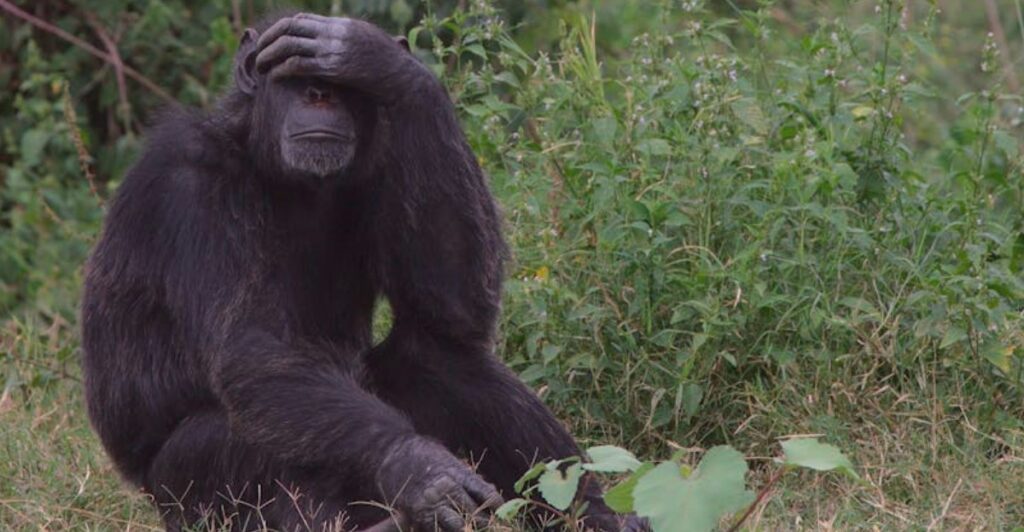
Chimpanzees in Uganda’s Budongo Forest have amazed scientists with their ability to self-medicate. Unlike animals that unknowingly benefit from medicinal plants, these chimps seem to purposefully select specific flora to treat their ailments, from wounds to infections to parasites. By analyzing their behavior and the plants they eat, researchers have discovered a fascinating link between chimpanzee health and nature’s remedies, providing a deeper understanding of their lives and possibly even inspiring new approaches to human medicine.
Chimps Selecting Unusual Foods
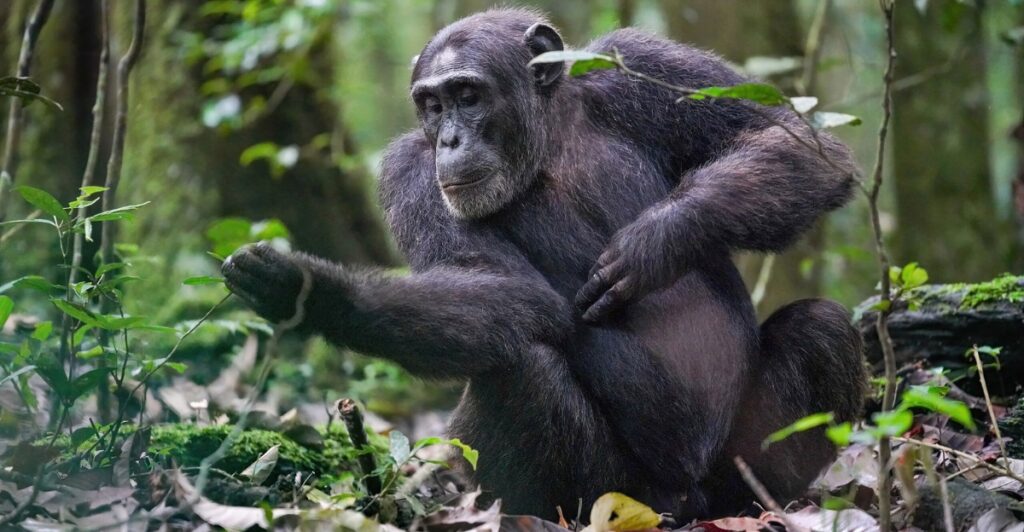
Budongo chimps don’t rely solely on their standard diet to heal—they actively seek plants not typically consumed. These plants, like the bark of Scutia myrtina or the leaves of Christella parasitica, often have bitter or unpalatable qualities. Observing chimps eating such plants during illness thus suggests that these choices are deliberate. By venturing beyond their usual preferences, the chimps demonstrate a remarkable instinct or learned behavior in using plants as tools for recovery.
Analyzing Medicinal Plant Effects
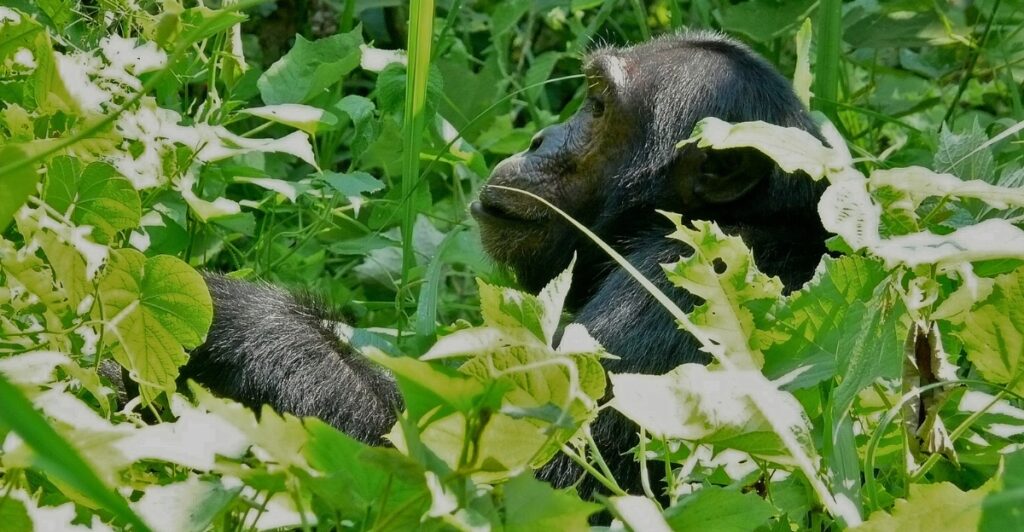
The study tested 13 plants that chimps were found to eat during illnesses, uncovering their medicinal properties. The findings were impressive: most had antibacterial qualities, while others reduced inflammation. For instance, the bark of Alstonia boonei was found to effectively treat bacterial infections. Such results offer a glimpse into the chimpanzees’ ability to intuitively use plants that scientists confirm have real pharmacological benefits. It’s a compelling example of the interplay between animal behavior and plant chemistry.
Dead Wood as a Healing Agent
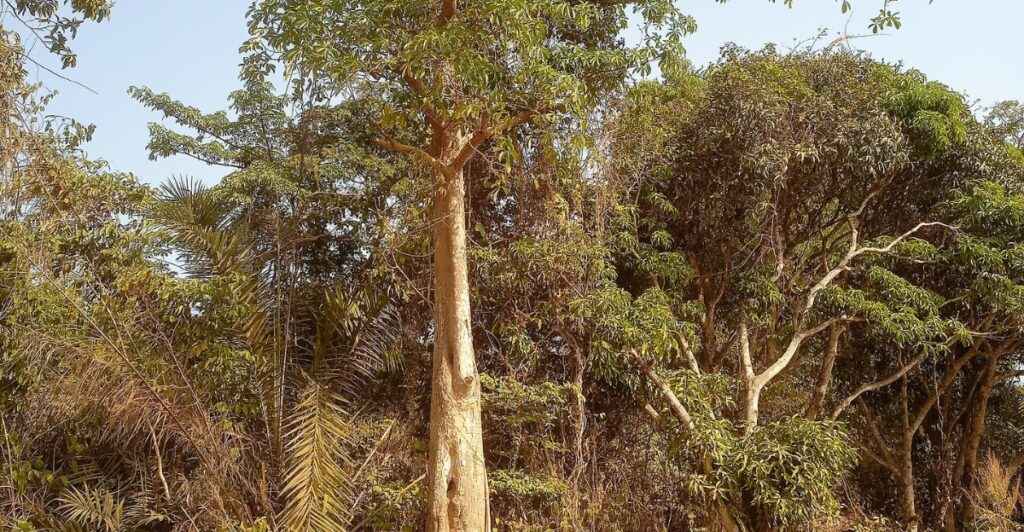
One surprising source of medicine for chimps is dead wood from Alstonia boonei. Chimps were seen consuming it, likely to treat wounds or bacterial infections. When tested in the lab, this material showed strong anti-inflammatory and antibacterial properties. Local human communities in East Africa also use this plant for health purposes, treating conditions like snake bites and gastrointestinal issues. This parallel use supports the idea that humans and chimps share overlapping medicinal knowledge.
Leaves That Ease Pain
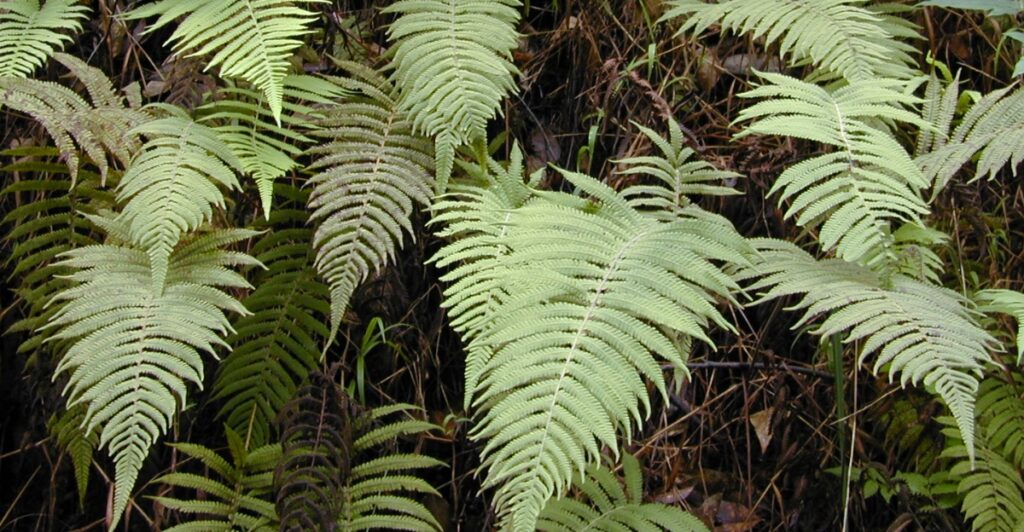
During the study, a chimp with an injured hand sought out and consumed leaves from the fern Christella parasitica. These leaves demonstrated potent anti-inflammatory properties in lab tests. The researchers hypothesize that the chimp chose this plant specifically to relieve swelling and pain. Such behavior offers a fascinating window into how animals might intuitively manage discomfort using plants—a practice that may have deep evolutionary roots.
Bark That Fights Parasites
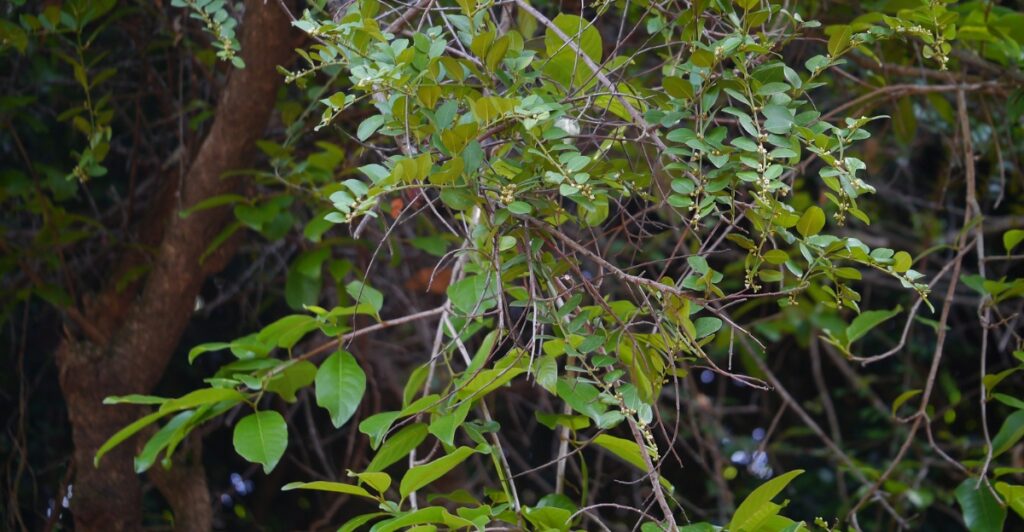
Researchers noticed that chimps with parasite infections chewed on bark from Scutia myrtina. This bark had both antimicrobial and anti-inflammatory effects, making it a powerful choice for addressing both internal and external health issues. What makes this significant is that the chimps only consumed the bark when sick, suggesting they recognized its medicinal properties and used it with purpose. This behavior adds another layer of complexity to their relationship with their environment.
A Methodical Approach
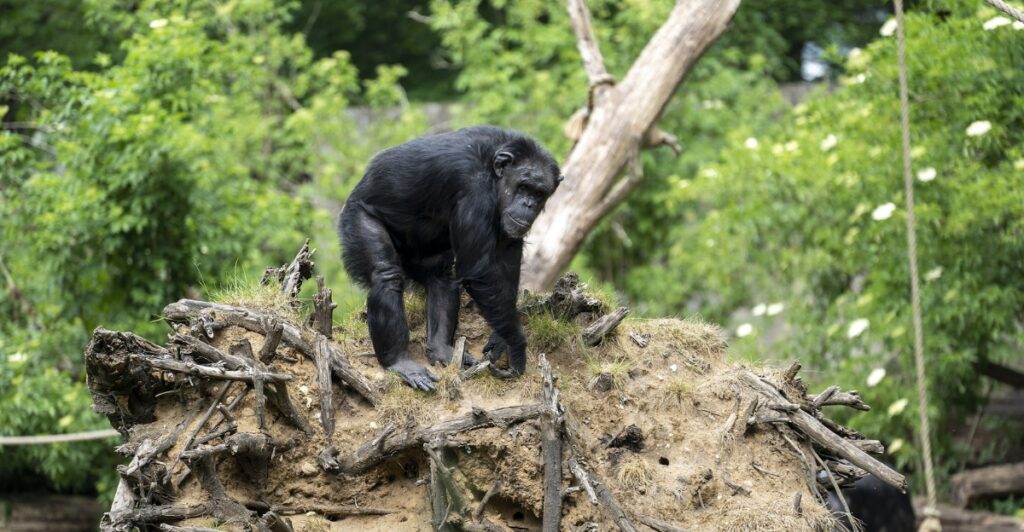
Understanding chimpanzee self-medication necessitated more than just observation. Researchers combined health monitoring, behavioral analysis, and lab testing of plants to build their case. Over eight months, they tracked the diets of two chimp communities and linked certain health conditions—like injuries or infections—to the consumption of specific plants. By pairing this data with lab findings, they provided compelling evidence that chimps are deliberate in their use of medicinal plants.
Chimpanzees as Plant Detectives
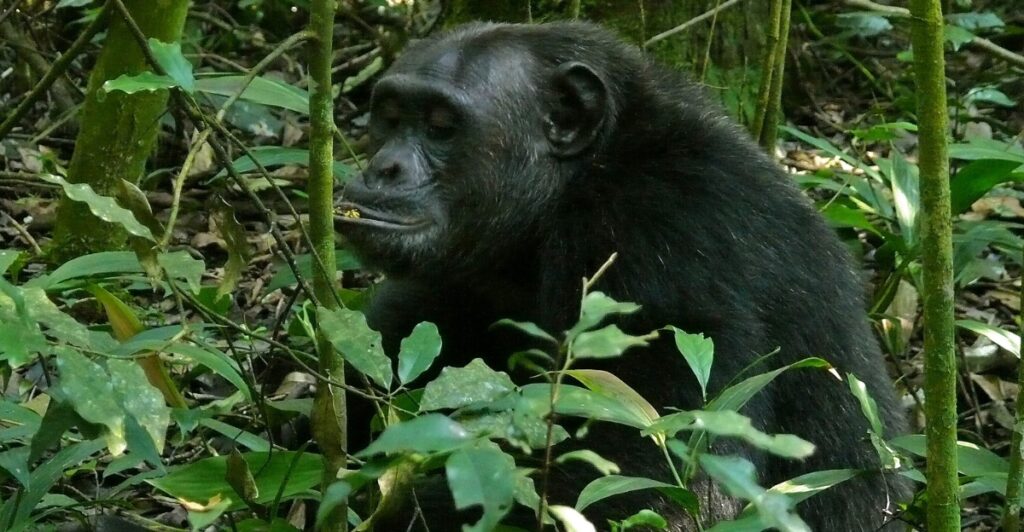
The chimps’ ability to identify and use medicinal plants hints at impressive problem-solving skills. Whether through instinct or learning, they appear to recognize which plants can help them recover from specific ailments. This behavior suggests a level of environmental awareness that’s rare among animals. Watching chimps “experiment” with different plants when unwell adds a layer of curiosity to their already complex behaviors.
Learning Through Observation
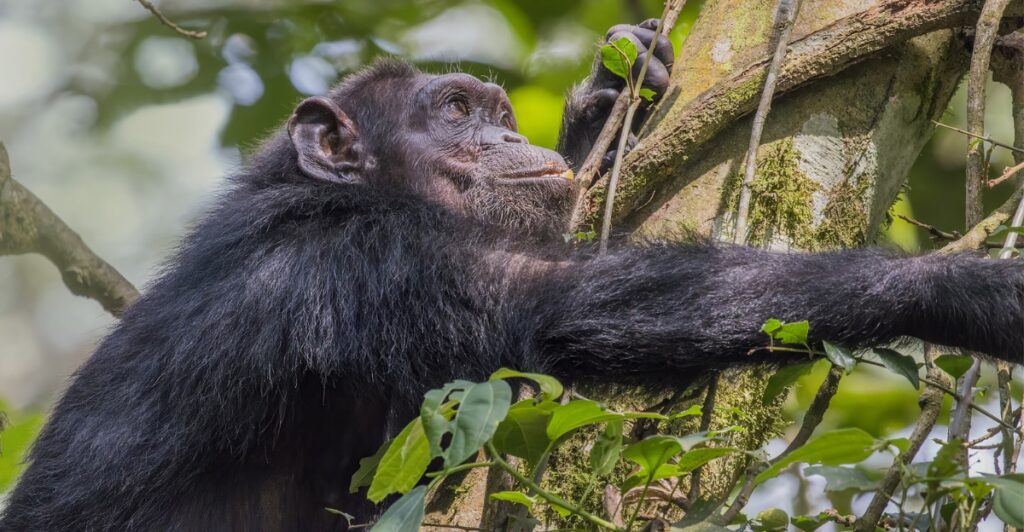
One mystery is how chimps acquire their medicinal knowledge. Researchers speculate it may be passed down through observation. Younger chimps may learn by watching experienced group members treat themselves. This possibility mirrors human traditions of herbal medicine, where generations share knowledge about healing plants. This kind of learning illustrates the social and cultural complexity of chimpanzee communities and their survival strategies.
A Forest Rich in Healing Options
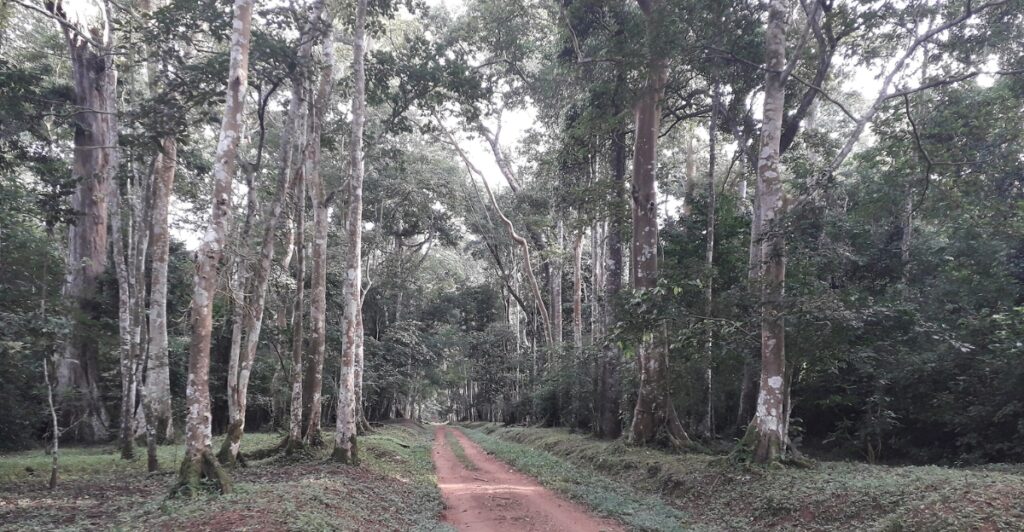
The Budongo Forest is more than a home—it’s a pharmacy for chimps. Its biodiversity provides an abundance of medicinal plants, from trees to ferns. This diversity allows chimps to access a wide range of natural remedies for infections, pain, and parasites. Protecting forests like Budongo ensures not just chimpanzees’ survival but the preservation of unique plant resources that hold value for all species, including humans.
What We Can Learn from Chimps
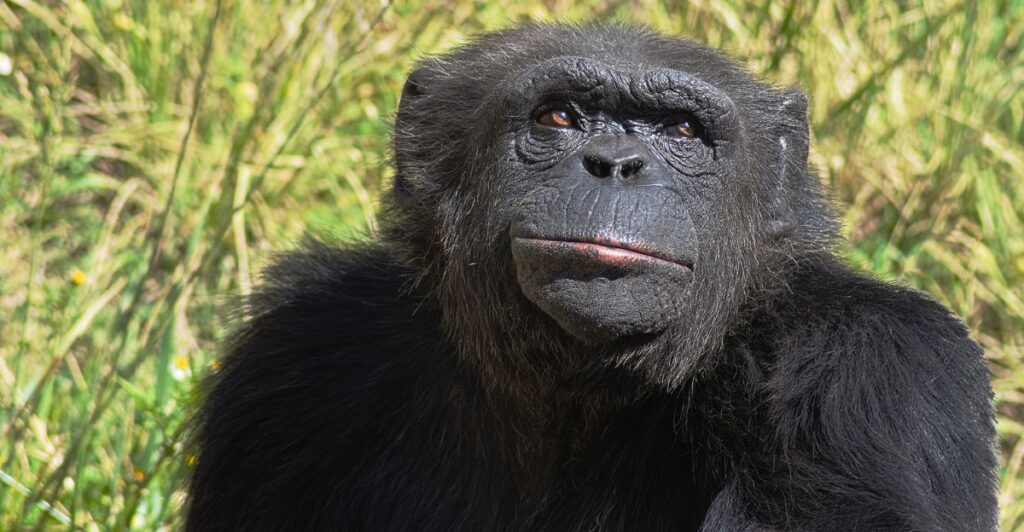
The medicinal plants chimps use could also inspire breakthroughs in human healthcare. The study highlights plants with significant healing potential, offering leads for new antibiotics or anti-inflammatory drugs. By paying attention to how chimps interact with their environment, scientists can identify natural solutions to global health challenges like antibiotic resistance. Chimps might hold the key to discoveries that benefit not just themselves but people, too.
Conservation is Essential to Health
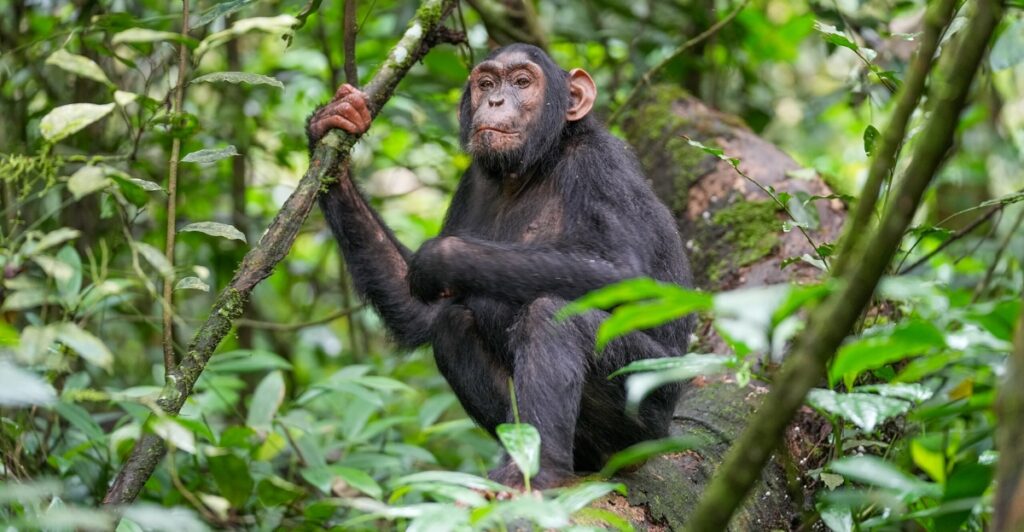
The survival of chimpanzees and their medicinal habits depends on preserving forests like Budongo. If these ecosystems vanish, so do the plants chimps rely on to heal. Conservation must prioritize protecting both the chimps and their unique habitats. These forests are irreplaceable reservoirs of natural medicine and biodiversity—vital for the well-being of countless species, including our own.
Lessons from Chimps and Plants
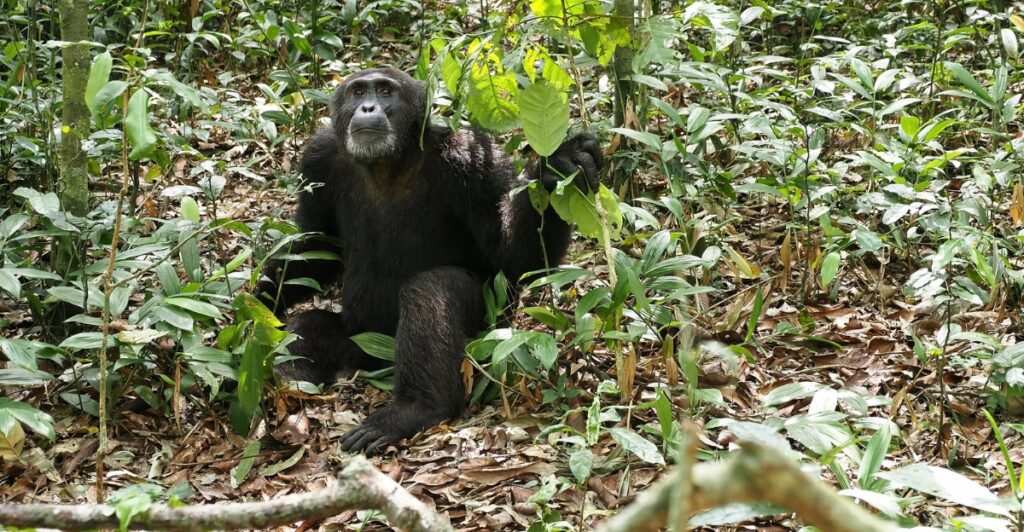
Chimpanzees’ use of medicinal plants offers a glimpse into their intelligence and adaptability. Their behaviors connect the dots between health, environment, and survival, reminding us of nature’s incredible complexity. By studying these behaviors, we gain not just scientific insights but also practical inspiration to value and protect the natural world. This research bridges the gap between humans and our closest relatives, urging us to care for the ecosystems that sustain life.
Resources:
- University of Oxford: Study shows wild chimpanzees seek out medicinal plants to treat illness and injuries
- PLOS ONE: Pharmacological and behavioral investigation of putative self-medicative plants in Budongo chimpanzee diets
Stay connected with us for more stories like this! Follow us to get the latest updates or hit the Follow button at the top of this article, and let us know what you think by leaving your feedback below. We’d love to hear from you!







